LaTeX templates and examples — Books
LaTeX book templates to write your next best seller—whether you’re writing fiction or non-fiction, a short story or long textbook.
Recent
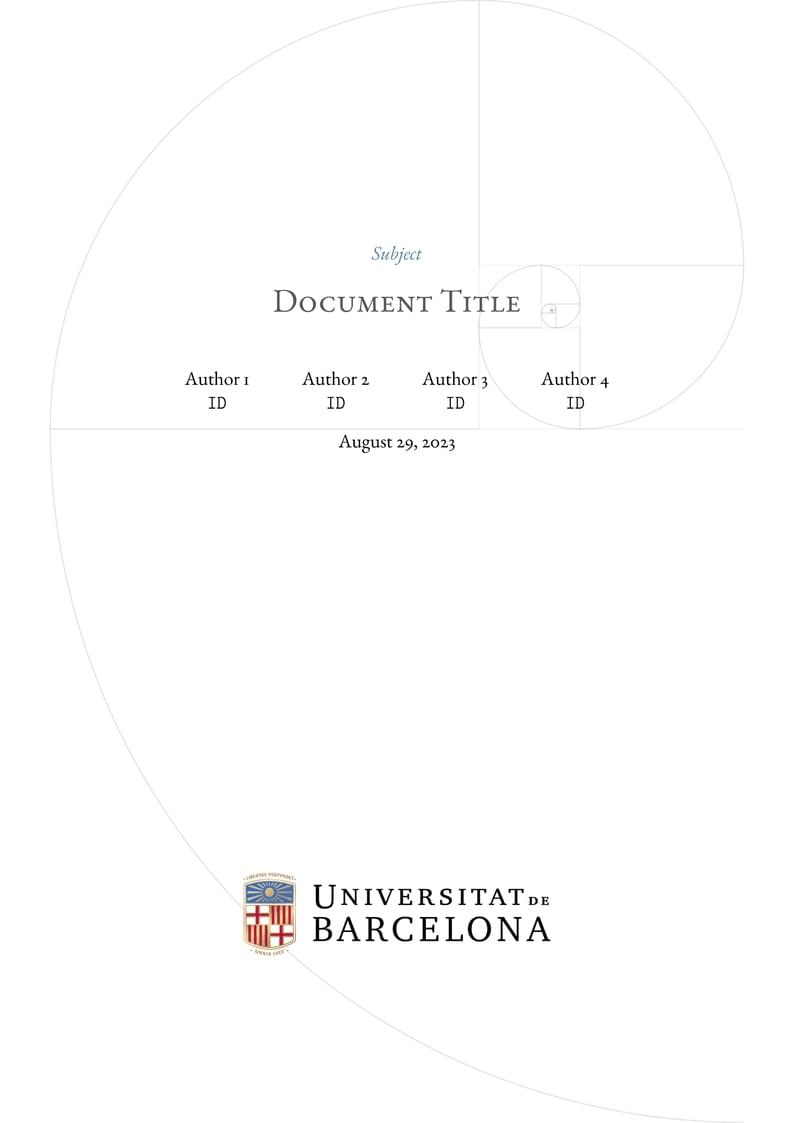
This is a Book version of my "All-in-one" template, designed specifically for those who are working on more extensive projects, like a thesis (thus, the template name). Like "All-in-one", it is designed to be versatile and customizable, making it suitable for various academic and professional purposes, looking minimalistic yet keeping the professional feel. Should you have any questions, you can check the repo: https://github.com/mariovilar/Thesis-Template. Also, you can reach me via e-mail. Hope you find it useful!
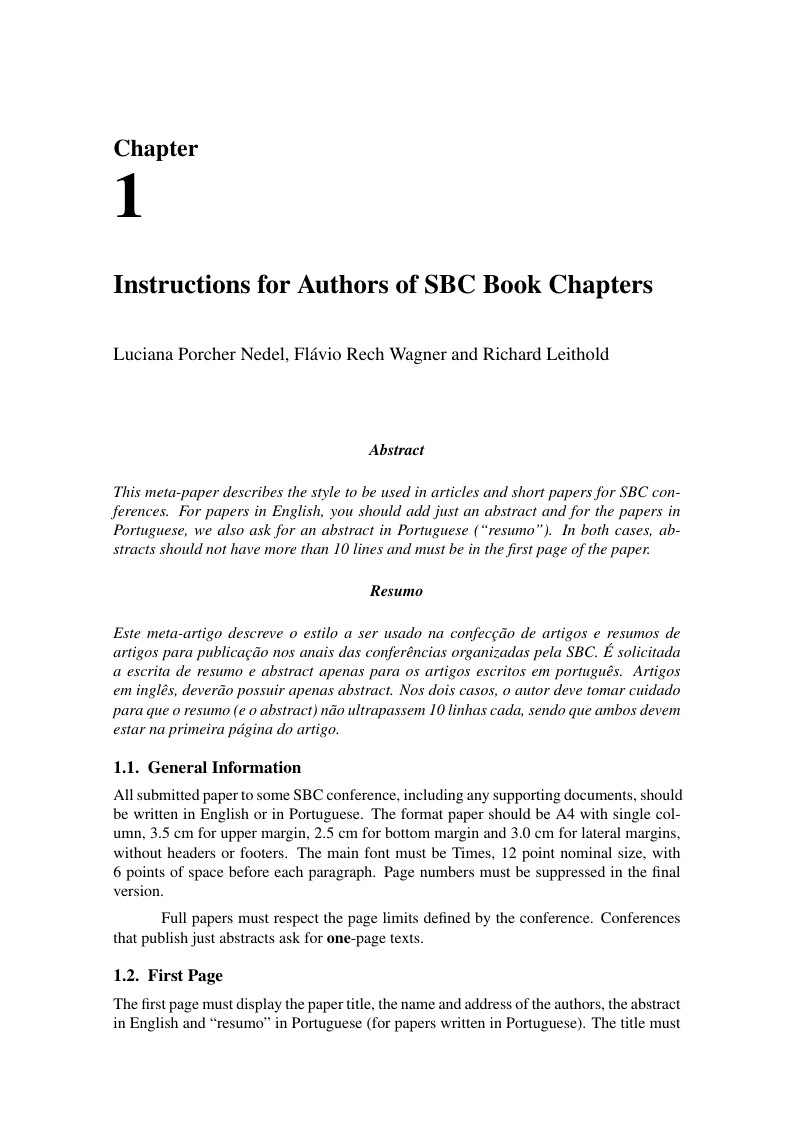
This meta-paper describes the style to be used in articles and short papers for SBC conferences. For papers in English, you should add just an abstract and for the papers in Portuguese, we also ask for an abstract in Portuguese ("resumo''). In both cases, abstracts should not have more than 10 lines and must be in the first page of the paper.
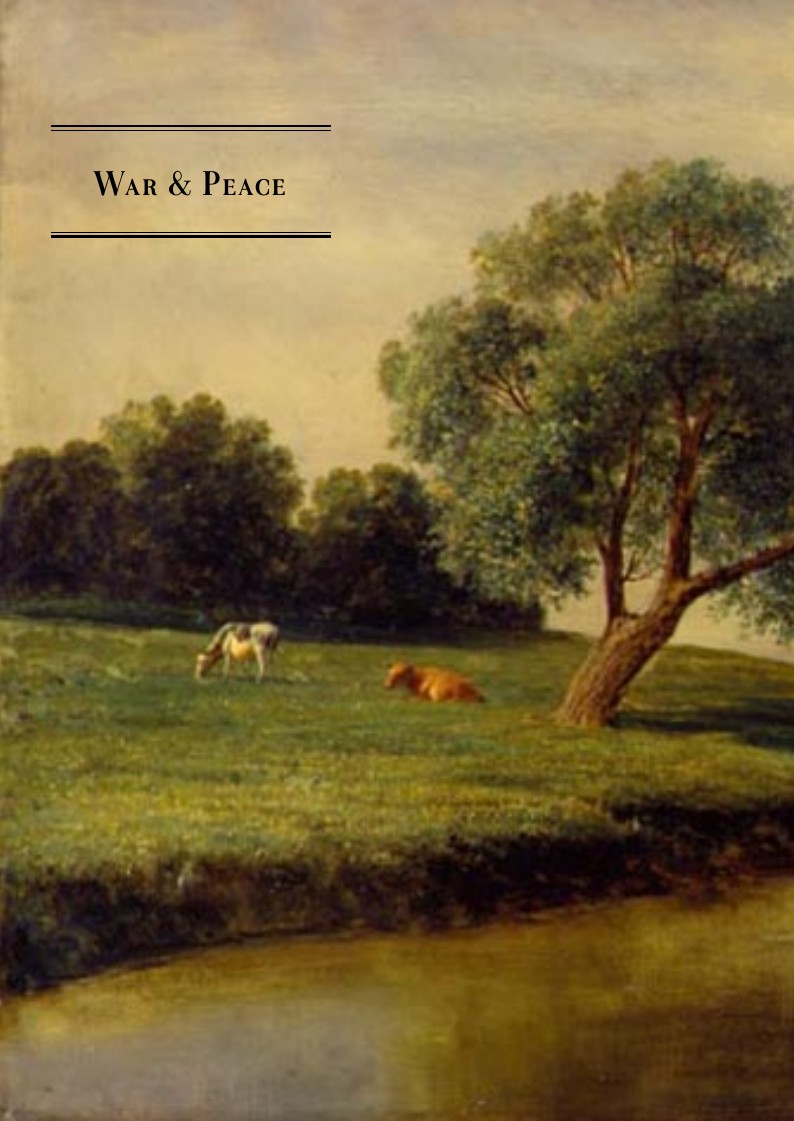
an example how a book may look like a lot of pgfornaments (without using pgfornaments thanks to Dr. Lian Tze Lim from Overleaf) can be compiled into "periodical aureo" page size (almost canon conform) but with the switcher in main.tex file if you prefer a tablet or a screen reading. the calligraphy used for letters can be switched off for people who are not used to read handwriting, same for audio links (If you just want to read the book, it's best to download the PDF for offline reading, rather than waiting for it to render completely in the previewer on this page.)
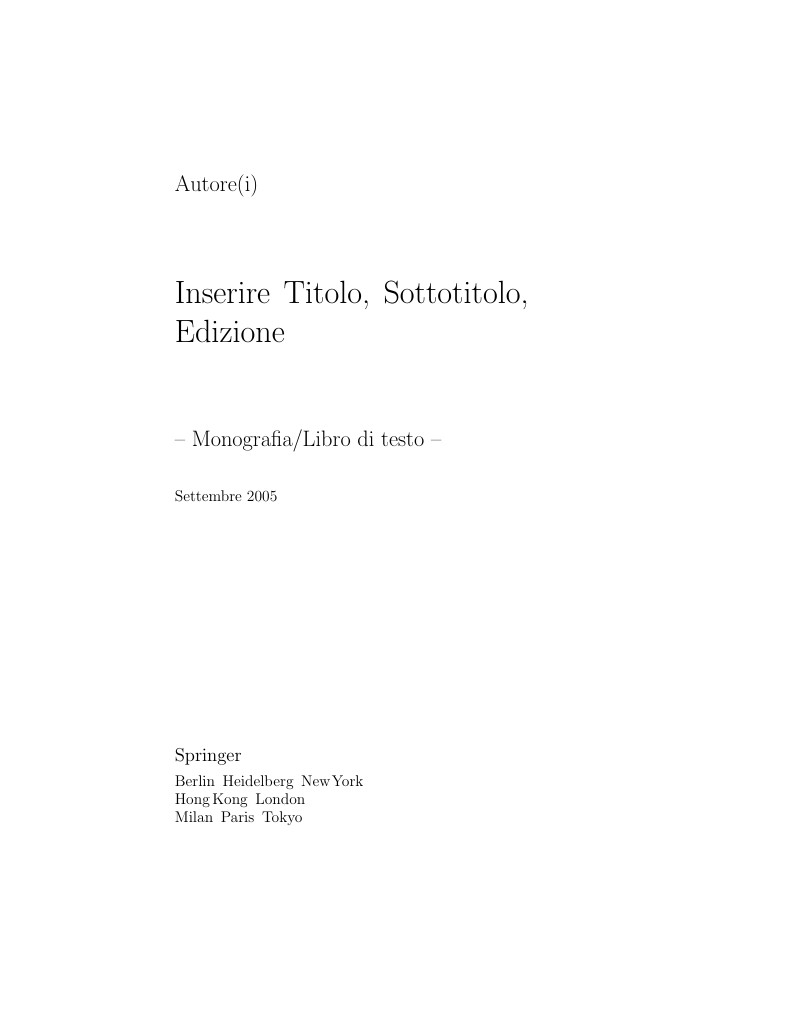
Esempio di file principale per i capitoli della vostra "monografia". Usare questo file come template per il vostro documento. Template for Italian monographs/textbooks provided by Springer Milan, to help structure the manuscript, e.g., define the heading hierarchy. Predefined style formats are available for all the necessary structures that are supposed to be part of the manuscript. Note: These templates are not intended for the preparation of the final page layout! The final layout will be created by Springer according to their layout specifications.
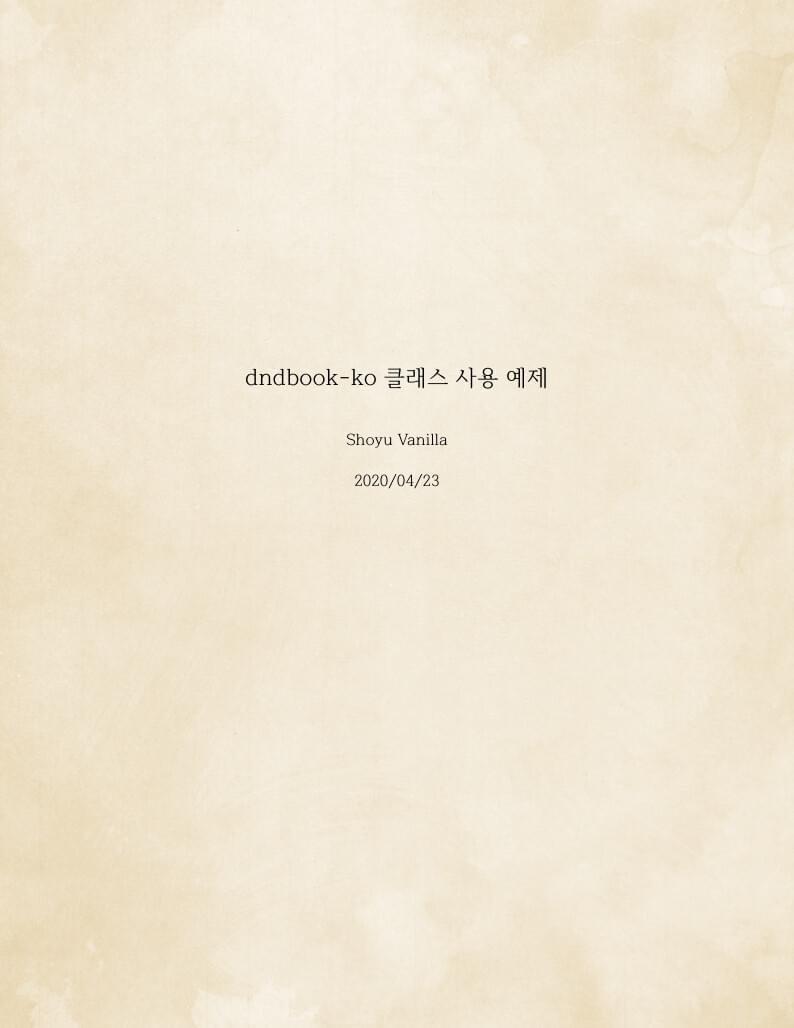
A Korean version of D&D 5e LaTeX Template, originally created by rpgtex github repo: https://github.com/ShoyuVanilla/DND-5e-LaTeX-Template-Korean last updated: Apr 26, 2020 License: The MIT License (MIT)
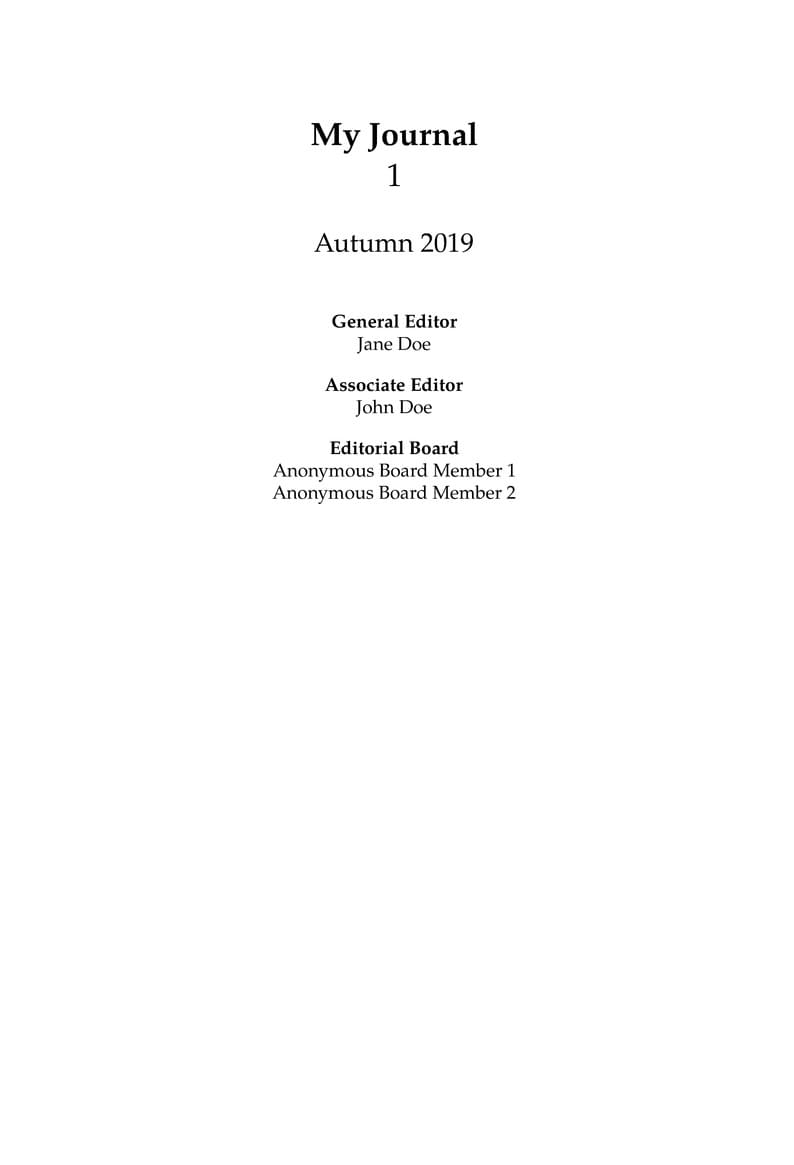
A LaTeX template was designed for editors of journals in the Humanities who are looking for an easy way to structure a complex collection of multi-authored articles in LaTeX. varianTeX was created by Wout Dillen and licensed under a Creative Commons Attribution 4.0 International (CC BY) license. The work leading up to these results was undertaken as part of Wout’s position as the UAntwerp coordinator of the CLARIAH-VL project.
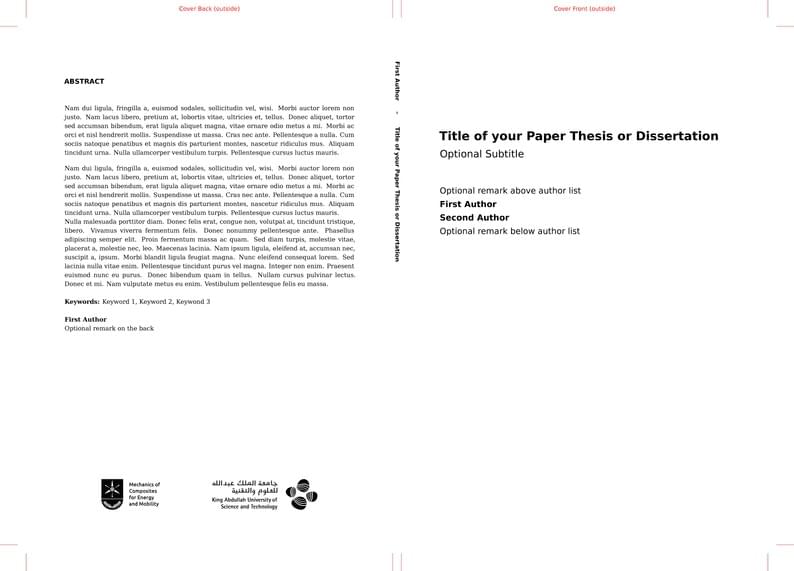
Simple template for the cover of academic documents such as dissertations, project reports or theses.
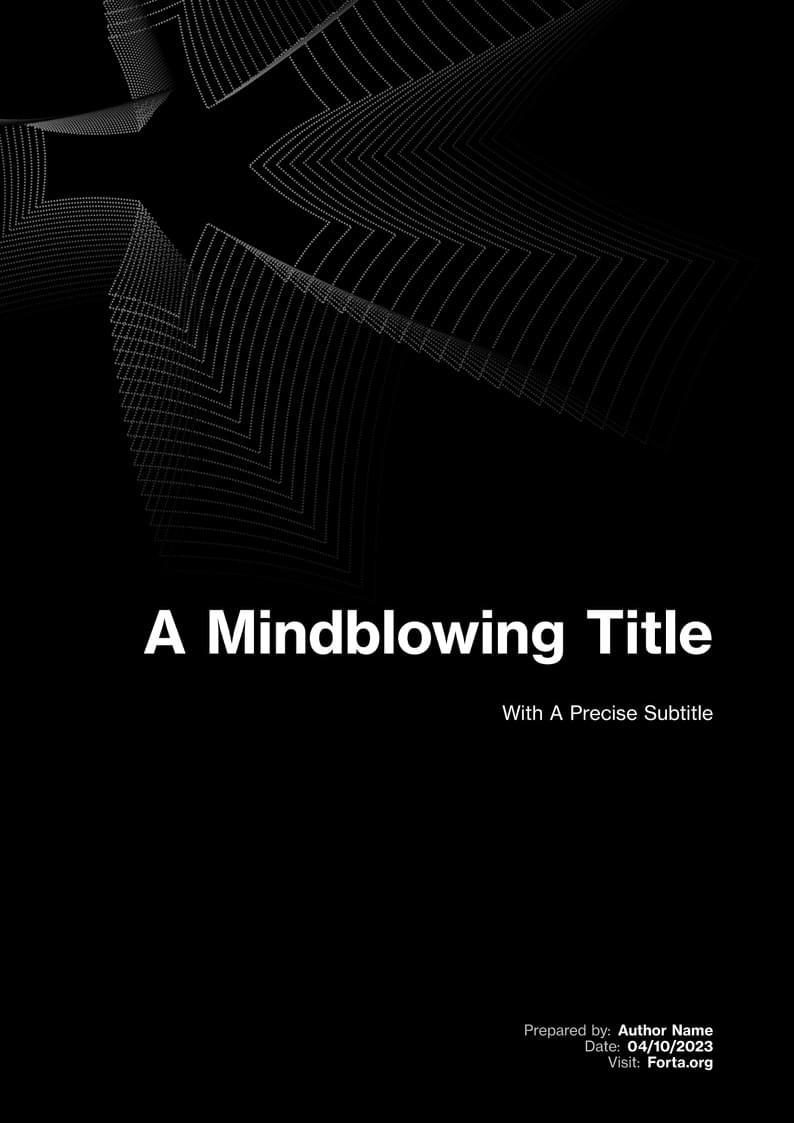
A sober, hassle-free, modern LaTeX template for reports and books. Forta theme variation.
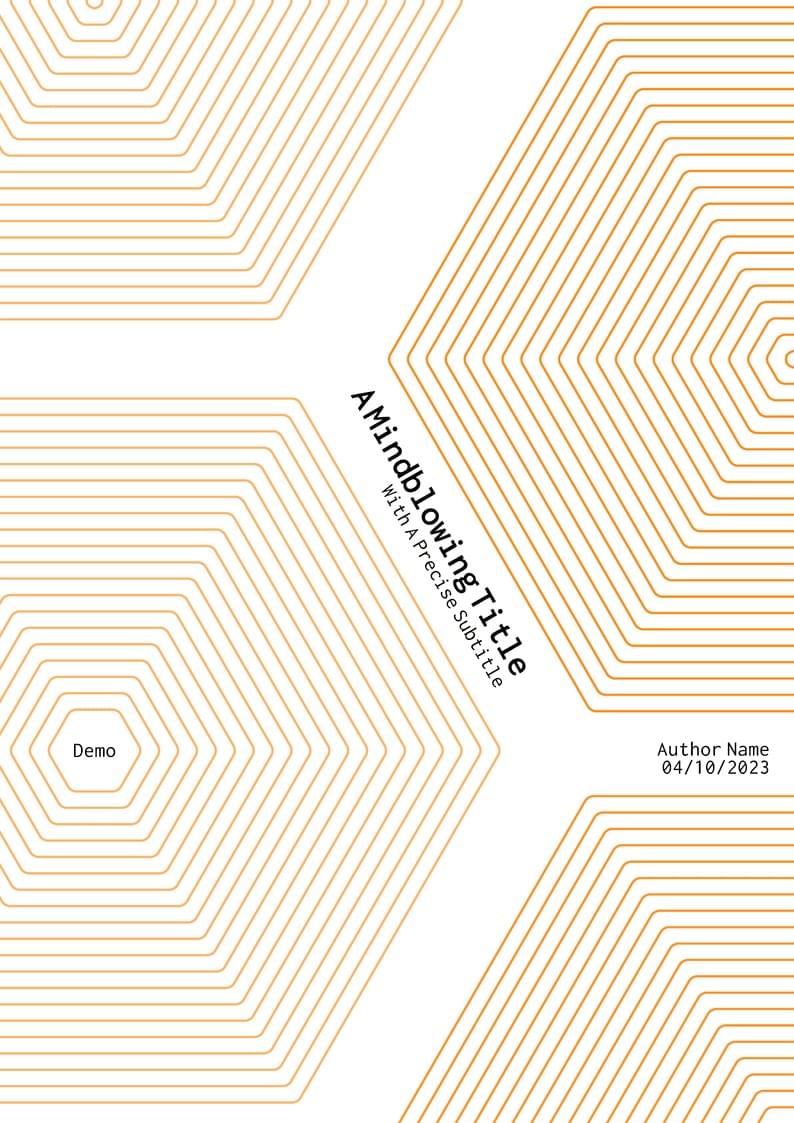
A sober, hassle-free, modern LaTeX template for reports and books. Light theme variation.
\begin
Discover why over 20 million people worldwide trust Overleaf with their work.